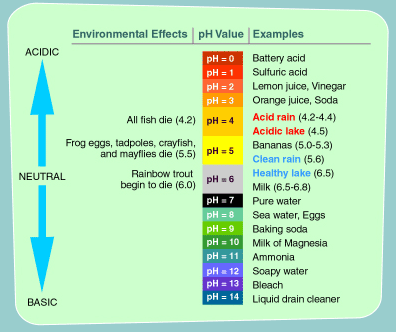In my quest to find out what you really want to know, I’ve started checking search analytics. It’s intriguing to see that the most common searches are concerned with acid in wine. The search terms are things like: less acidic white wine, red wine with low acidity, low acid wine list
Wine is high in acid
The first thing to know is that wine is a tart beverage. Unless you enjoy eating fresh lemons, wine is more acidic than just about any food you can think of. That’s why it’s so easy to pair with food. The acidity is cleansing.
On the pH scale, zero is tart (battery acid), seven is neutral (water) and 14 is alkaline (lye, Drano). Wine normally falls somewhere in the threes. For cool-climate wine it may even dip down into the high twos – very, very tart!
The influence of climate
That said, white wines tend to be higher in acid than reds, from 3.0 – 3.5 where reds are usually between 3.3 and 3.8 (I know this is confusing: as the acid goes up, the pH goes down.) It depends upon the variety and the climate. Warm climates produce soft acidity and cool, the opposite. Sauvignon Blanc and Riesling are naturally tart and Chardonnay changes with the environment: warm climate Chards, like most of California or Australia, tend to be soft and cool-climate examples, like Chablis or white Burgundy, are tart.
So, for low acid wines, in general, seek out warm climate examples: As we said, most of California and Australia, southern Italy, Argentina, eastern Washington… and keep in mind that the whites are higher than the reds. Continue reading


